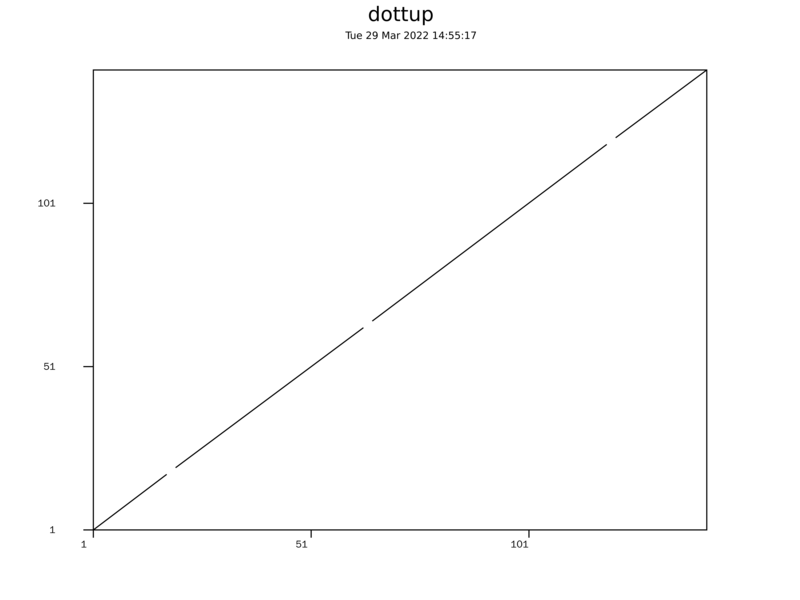
Home
User Manual
Category
RNA Expression
Bulk RNA-seq Data AnalysisCancer Alternative Splicing AnalysisCCLHunterCIRI-deepCIRI3Cross-disease analysisDisease predictionEditing site annotationEditing site identificationEditingFactorDetectorFunGenGene-disease network constructionNCSelPredRNA-seq AnalysisSingle-cell RNA-seq Data AnalysisSPIRALTIVar diffTIVar predictVisualization of scRNA-seq Data Analysis Results
Virus
COVID-19 genome variation annotationCOVID-19 haplotype analysisDenovo AssemblyEvolutionary treeFastq-to-VariantsGenealogy and Evolutionary AnalysisGenome AnnotationGenome TracingMcANMonkeypox virus genome variation annotationMonkeypox virus genome variation identificationPangolin COVID-19 Lineage AssignerSeqQCVENASVISTA
